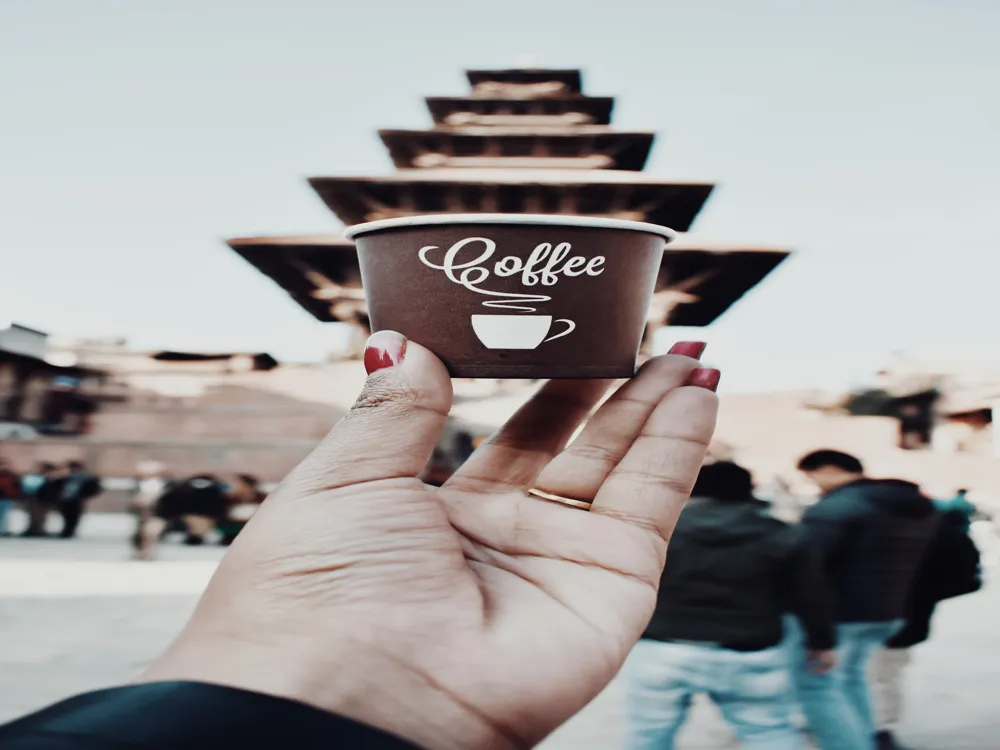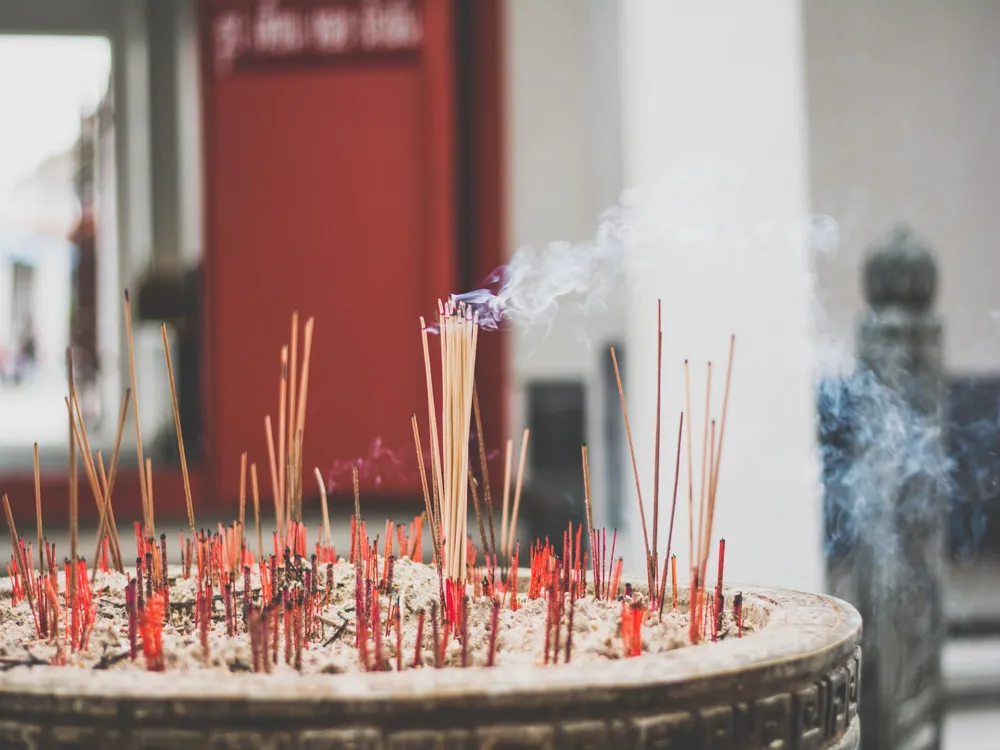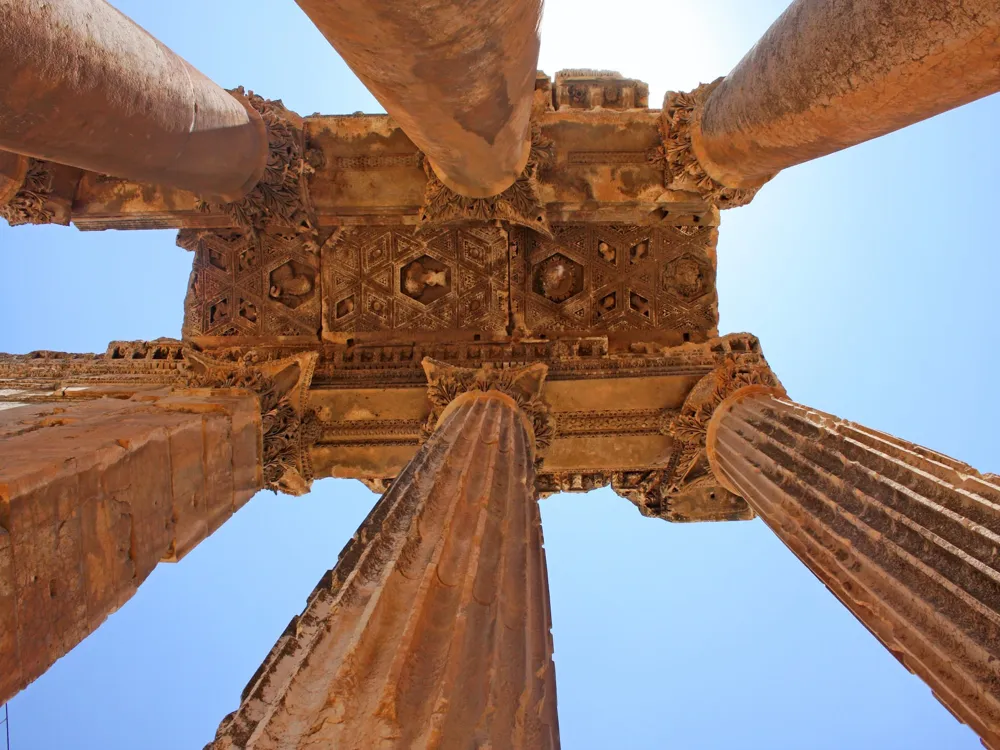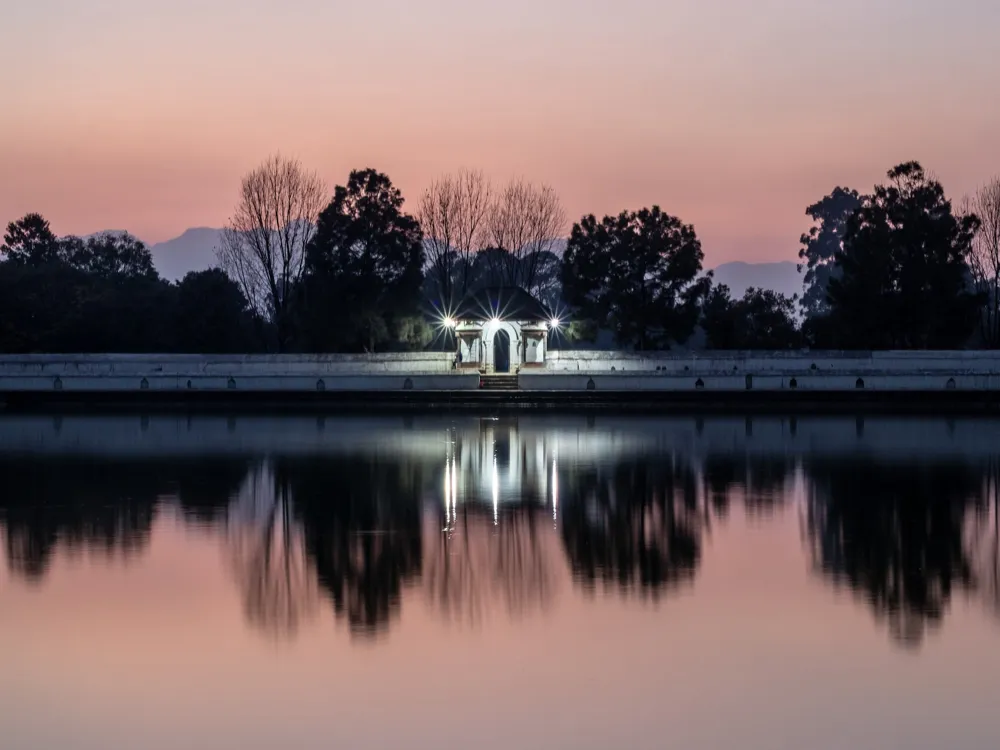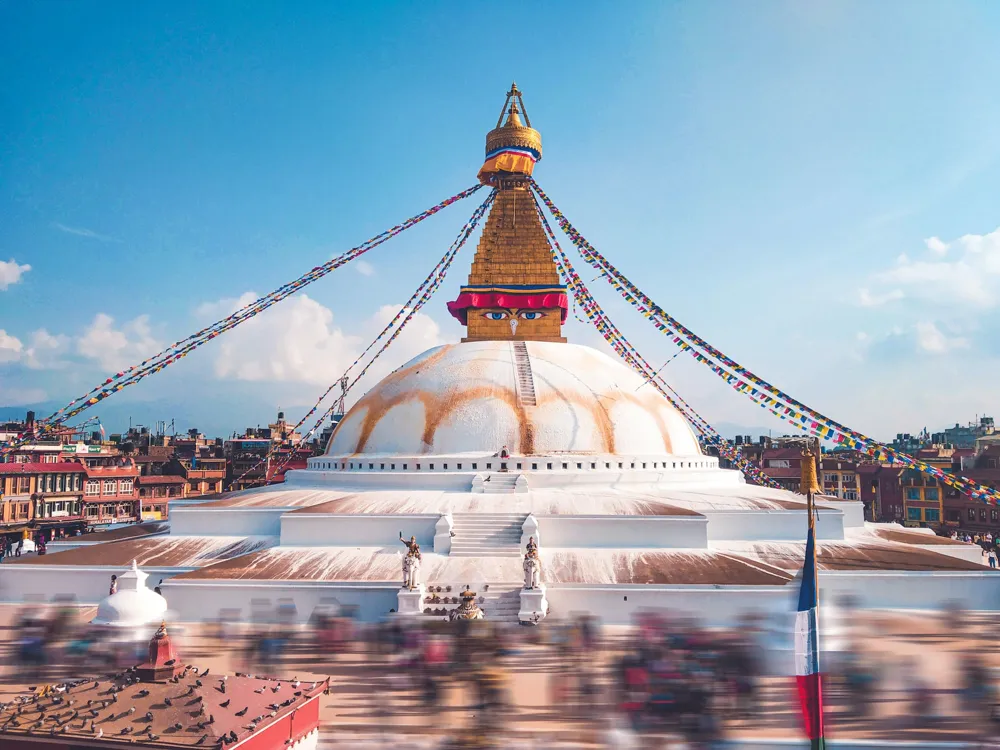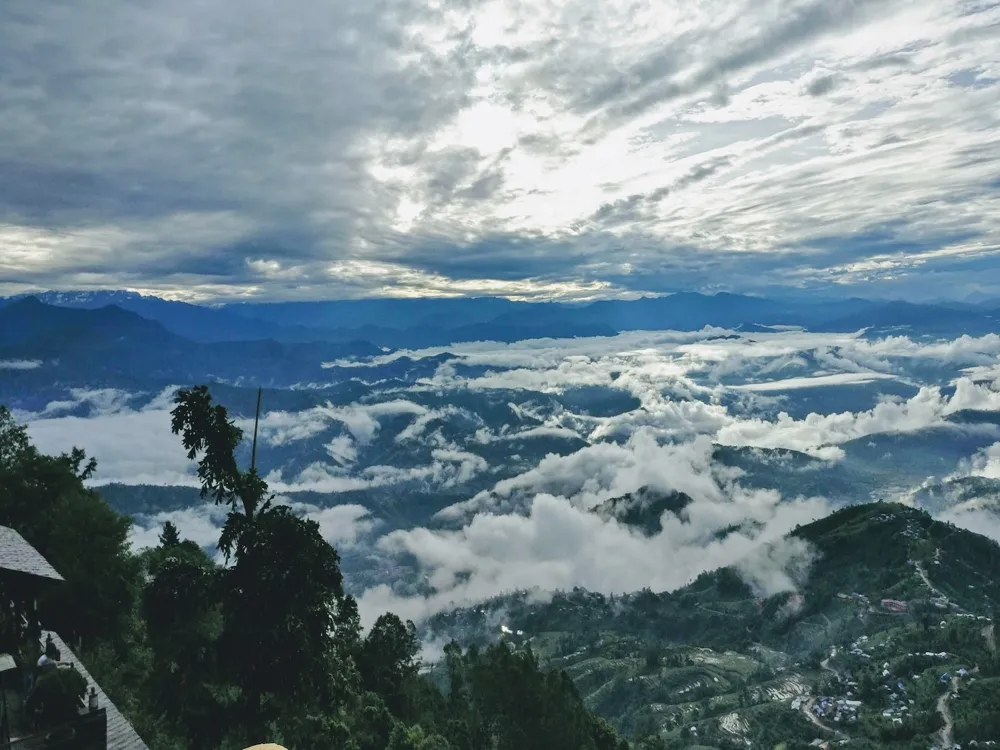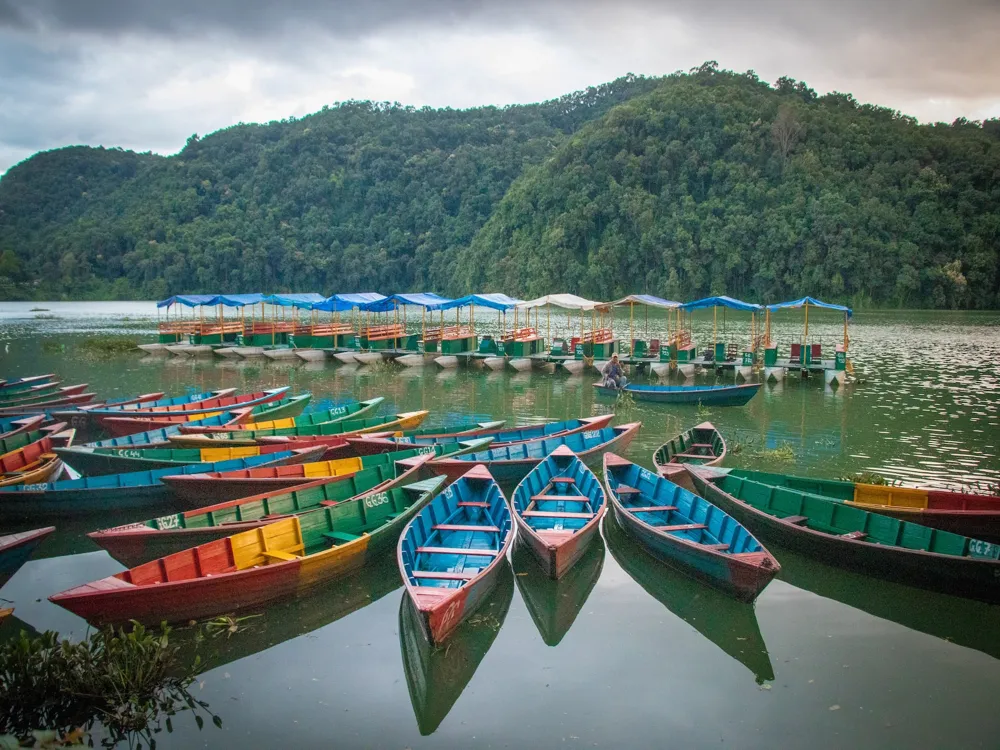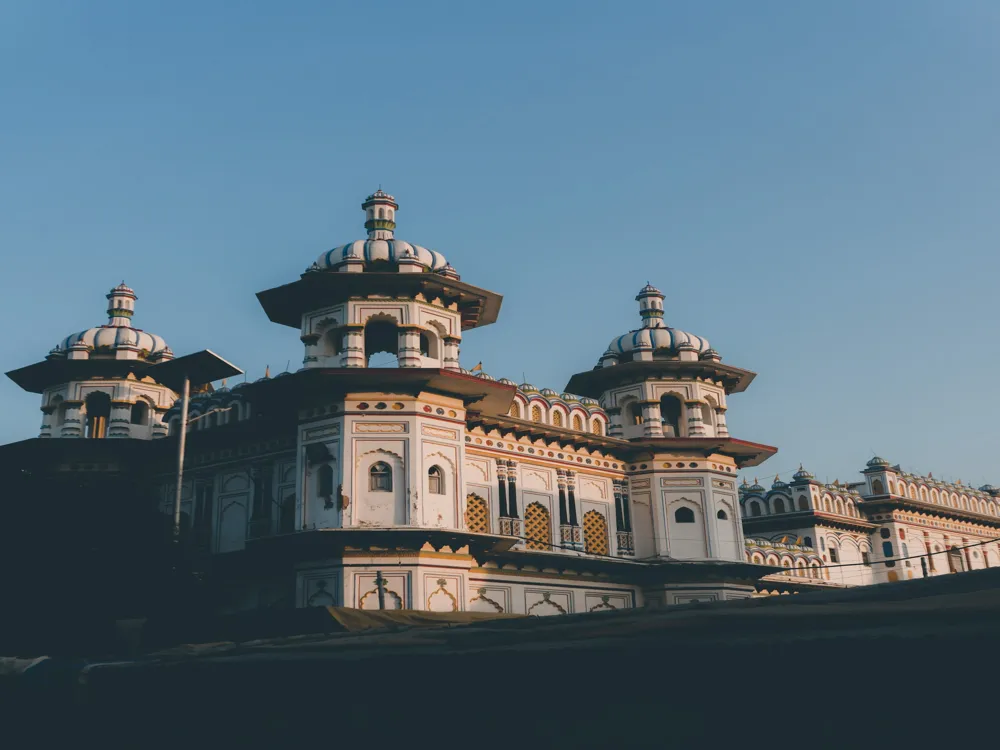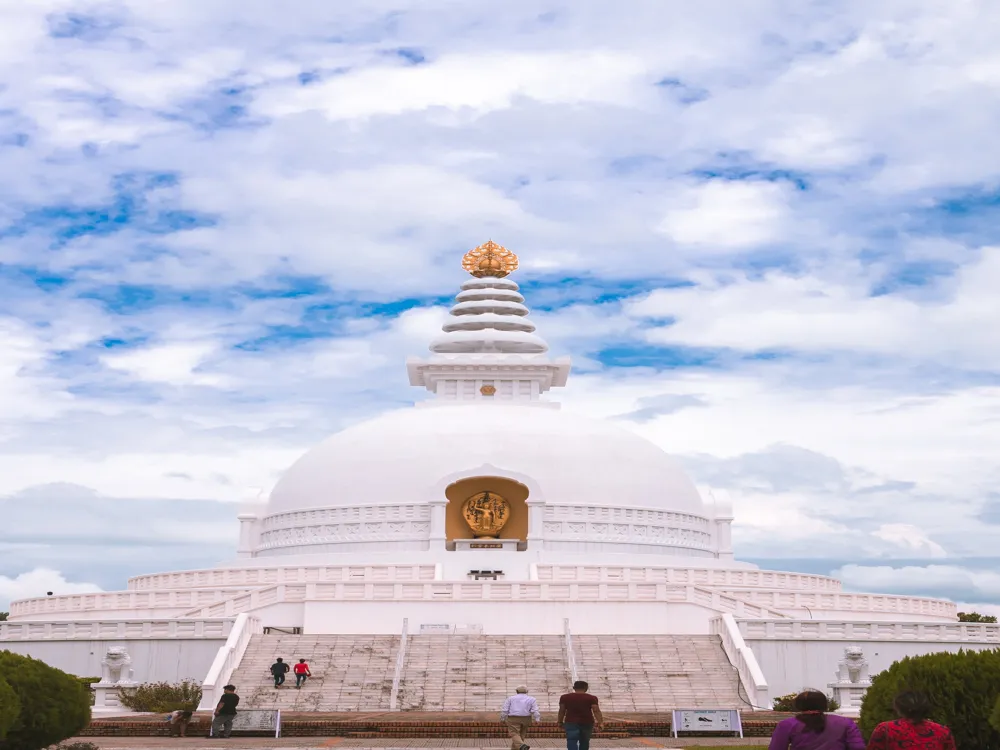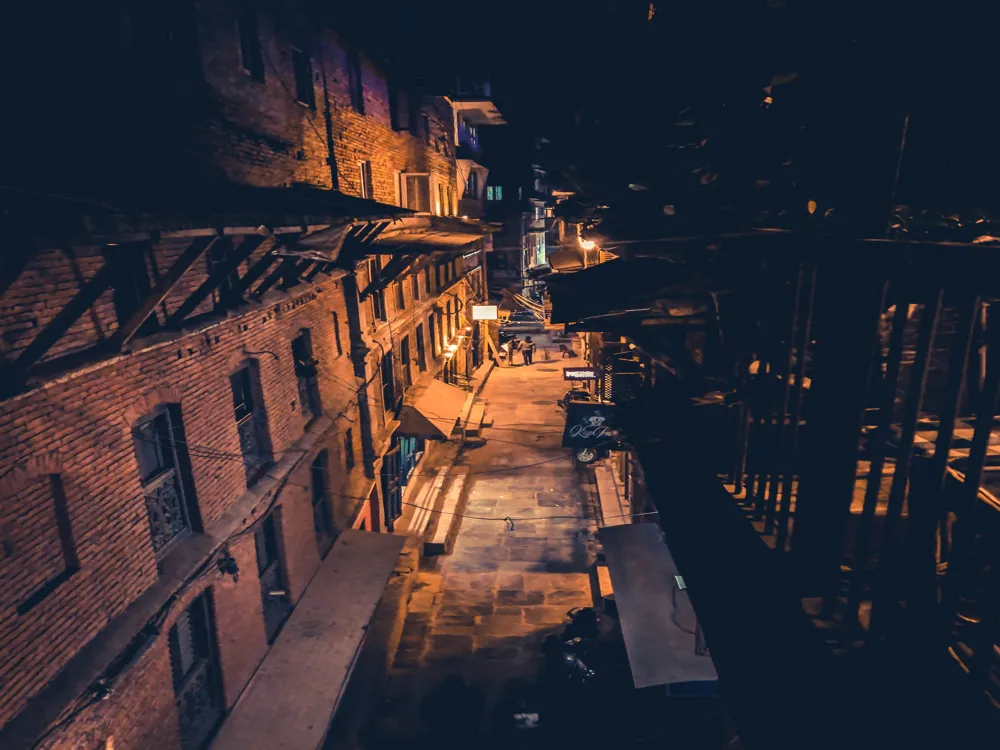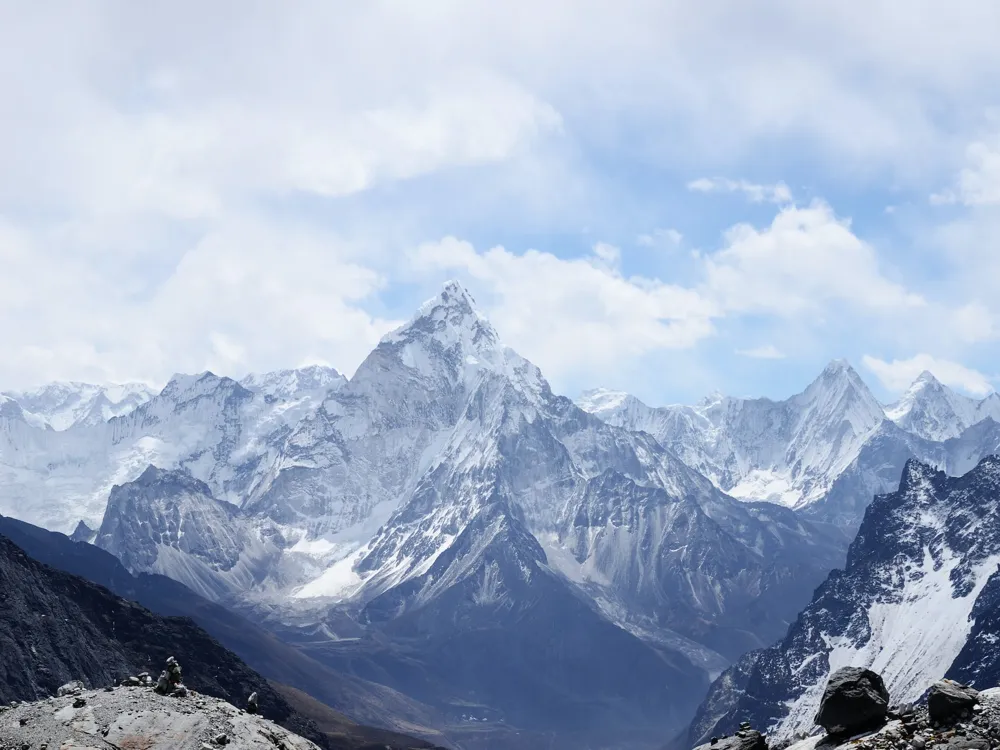Taumadhi Square, nestled in the heart of Bhaktapur, Nepal, is a historical and cultural gem that offers a captivating glimpse into the region's rich heritage. As one of the three major squares in Bhaktapur, Taumadhi Square is renowned for its architectural brilliance and vibrant cultural scene. This enchanting square is home to some of the most iconic landmarks of Bhaktapur, including the majestic Nyatapola Temple and the Bhairava Nath Temple. The square's history dates back several centuries, making it a significant site for both locals and historians alike. Taumadhi Square has witnessed numerous historical events and has played a pivotal role in the cultural and religious life of the Bhaktapur community. The square is not just a tourist attraction but a living museum, where traditional festivals and rituals are still celebrated with fervor, offering a unique opportunity to experience the local culture and traditions. [Continued detailed historical and cultural context of Taumadhi Square, discussing its significance in the development of Bhaktapur and its role in various historical periods. This section will provide a comprehensive overview of the square, covering its evolution, the impact of various dynasties on its architecture and culture, and its significance in the present day.] The architecture of Taumadhi Square is a splendid showcase of Newari craftsmanship, reflecting the skill and artistry of the local artisans. At the center of the square stands the Nyatapola Temple, a five-storied pagoda-style temple that is the tallest in Nepal. This architectural masterpiece, built in 1702, is a testament to the advanced engineering and artistic skills of the Newari people. Its intricate wood carvings and detailed brickwork are fine examples of traditional Nepalese architecture. Adjacent to the Nyatapola Temple is the Bhairava Nath Temple, another architectural marvel. This temple, dedicated to Lord Bhairava, is known for its strong, simple lines and powerful presence. It contrasts beautifully with the delicate intricacy of the Nyatapola Temple, showcasing the diversity of Newari architectural styles. [Continued exploration of architectural elements of Taumadhi Square, including descriptions of other significant buildings, statues, and artworks in the square. This section will delve into the architectural styles, materials used, and the symbolic meanings behind various architectural features. Special attention will be given to the craftsmanship, detailing the techniques and motifs used in the carvings and sculptures.] The best time to visit Taumadhi Square is during the early morning or late afternoon when the light is ideal for photography and the square is less crowded. Additionally, visiting during local festivals can provide a unique and vibrant experience. Visitors are encouraged to dress modestly and show respect for the local customs and traditions. It's important to remember that Taumadhi Square is not just a tourist site but a place of religious significance for the local community. Consider taking a guided tour to gain deeper insights into the history and architecture of Taumadhi Square. Local guides can provide fascinating stories and details that are not widely known. Taumadhi Square is easily accessible from various parts of Bhaktapur and Kathmandu. Visitors can opt for local buses, taxis, or even a pleasant walk if staying nearby. For those coming from Kathmandu, the square is about a 45-minute drive, depending on traffic conditions. READ MORE:Overview of Taumadhi Square, Bhaktapur
Architecture of Taumadhi Square
Tips When Visiting Taumadhi Square
Best Time to Visit
Respecting Local Culture
Guided Tours
How To Reach Taumadhi Square
Taumadhi Square
Bhaktapur
NaN onwards
View bhaktapur Packages
Weather :
Tags : Commercial Street
Time Required : 2-3 hours
Entry Fee : Included in Bhaktapur Entry Price
Planning a Trip? Ask Your Question
Bhaktapur Travel Packages
View All Packages For Bhaktapur
Top Hotel Collections for Bhaktapur

Private Pool

Luxury Hotels

5-Star Hotels

Pet Friendly
Top Hotels Near Bhaktapur
Other Top Ranking Places In Bhaktapur
View All Places To Visit In bhaktapur
View bhaktapur Packages
Weather :
Tags : Commercial Street
Time Required : 2-3 hours
Entry Fee : Included in Bhaktapur Entry Price
Planning a Trip? Ask Your Question
Bhaktapur Travel Packages
View All Packages For Bhaktapur
Top Hotel Collections for Bhaktapur

Private Pool

Luxury Hotels

5-Star Hotels

Pet Friendly








